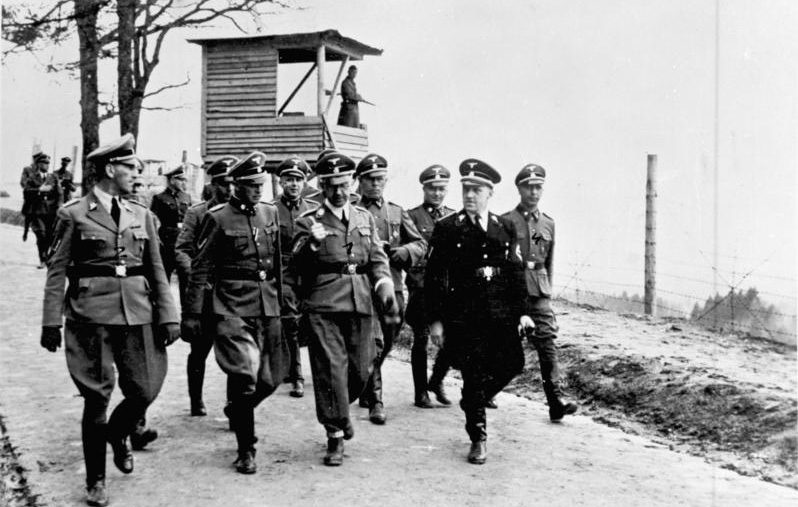Heinrich Himmler, you may have heard of him if you know anything about Nazi Germany and its Hierarchy. Himmler kept track of every minute detail of his day in his diary.
Journals discovered in Russia in 2013 are now being studied at the German Historical Institute in Moscow. They have shown that Himmler was a micromanager marked by deep contradictions.
They also “help to better make sense of key events and understand who took part in decision making for the regime, now we can say exactly whom Himmler met each day, where he was, and who his closest advisers were,” says researcher Matthias Uhl of the German Historical Institute.
By 2018 the German Historical Institute plans to publish the documents found in the Russian defense ministry from 1938, 1943, and 1944. Journals from 1941 and 1942 were already discovered in 1991 and contained 2.5 million documents from the Wehrmacht.
Despite his horrible crimes, the image that is painted is of a caring family man who also kept plenty of mistresses and had secret children by one of them. He loved to play cards and stare out at the stars during the night.
“The man who planned the Holocaust was obsessive about organizing his personal life,” Bild said. “Between poison gas, execution orders and thousands of rendezvous, he took care of his family, his mistress and his hobbies.”
For example, on January 3, 1943, Himmler was given a massage by his doctor, had a meeting, called his wife and then later that night ordered the execution of several Polish families.
Himmler was an ambitious careerist who met with more than 1,600 people between 1943 and his suicide in British custody in May 1945 according to Bild.
“The number of contacts, as well as attempts by Himmler to gain influence through the SS on important institutions of the party, state and army, are impressive, he tried, during the war, to consolidate his power,” says Uhl.
Himmler’s secretaries, one of whom, Hedwig Potthast, birthed him two children, wrote down regular inspection tours to the concentration camps including Sachsenhausen, with Nazi propaganda chief Joseph Goebbels, on March 10, 1938, and the Sobibor extermination camp on February 12, 1943.
“Himmler wanted to have a demonstration of the ‘effectiveness’ of killing by gas,” Bild said.
